Quantum gravity seeks to describe gravity according to the principles of quantum mechanics, but can it be done?
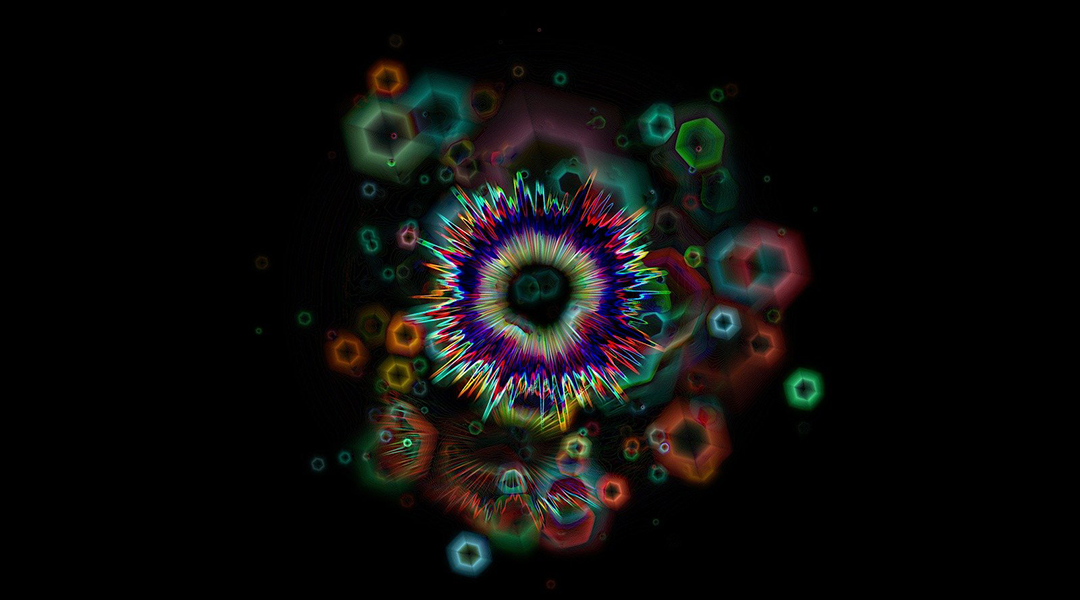

Quantum gravity seeks to describe gravity according to the principles of quantum mechanics, but can it be done?
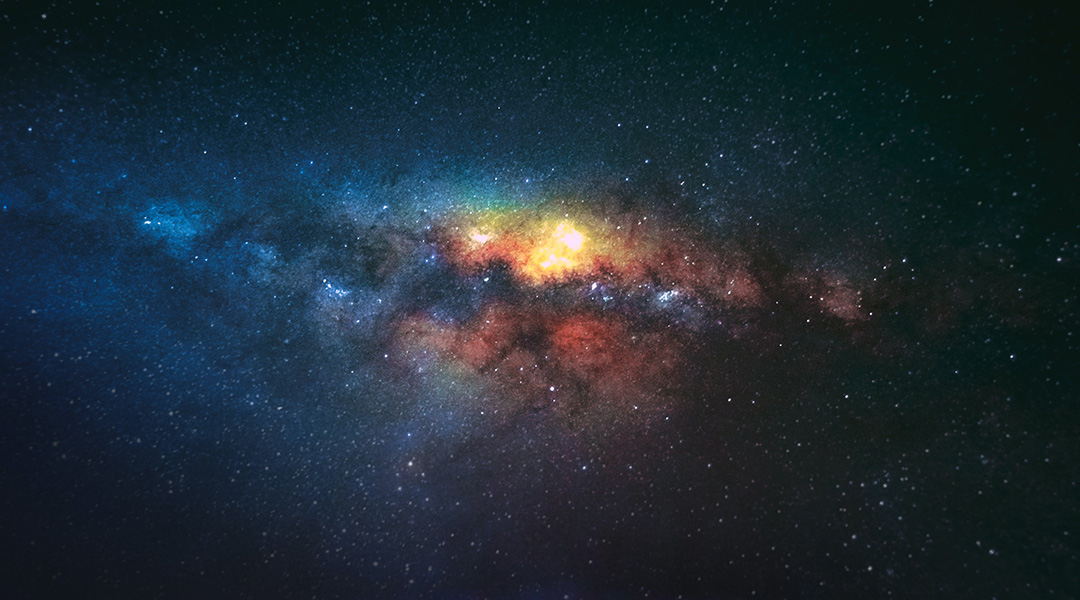
Using a new definition of galaxy size, astronomers have uncovered new, exciting findings about how they formed and evolved.
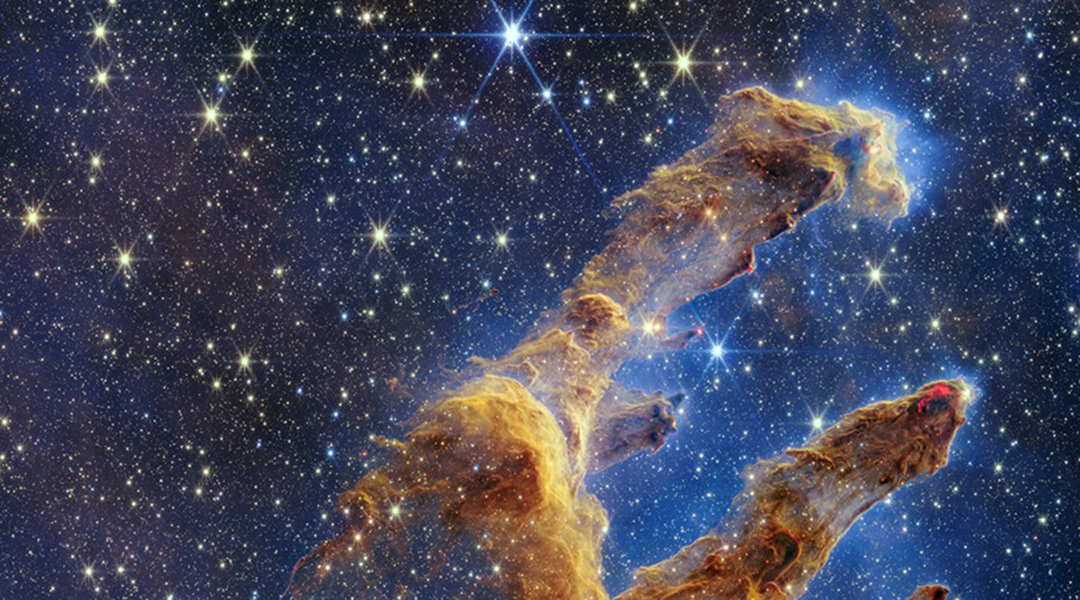
This month, NASA’s James Webb Telescope captured images of the Pillars of Creation in breathtaking detail.
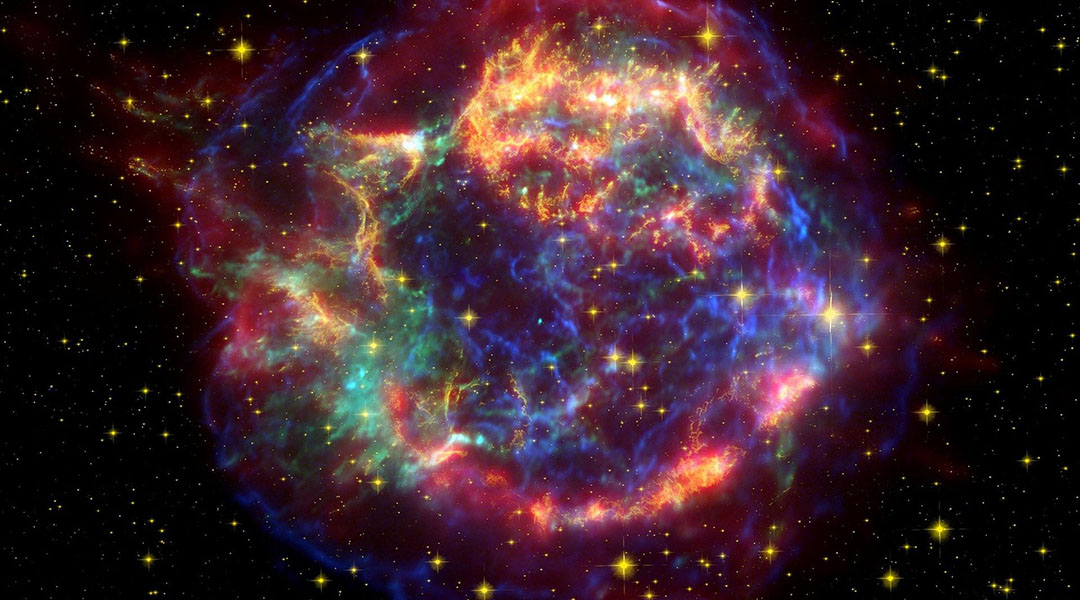
Researchers have found that supernovae explosions are preceded by observable radiation whose features should make it possible to distinguish the radiation of a future supernova from other light sources in space.

Researchers at the Southern University of Science and Technology in China ask if gravitons can be promising candidates for dark matter components.

Physicists at the Gemini Observatory have found a new mass limit for massive stars, and found it to be lower than previously thought.
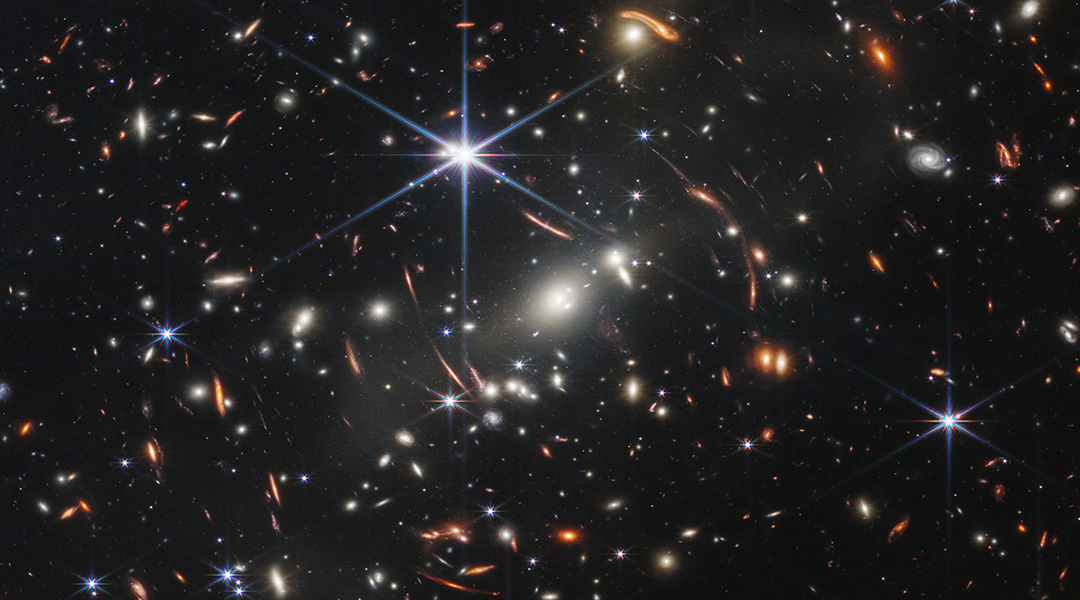
NASA has published the first five images from the James Webb Space Telescope, highlighting each of the key questions it will study.
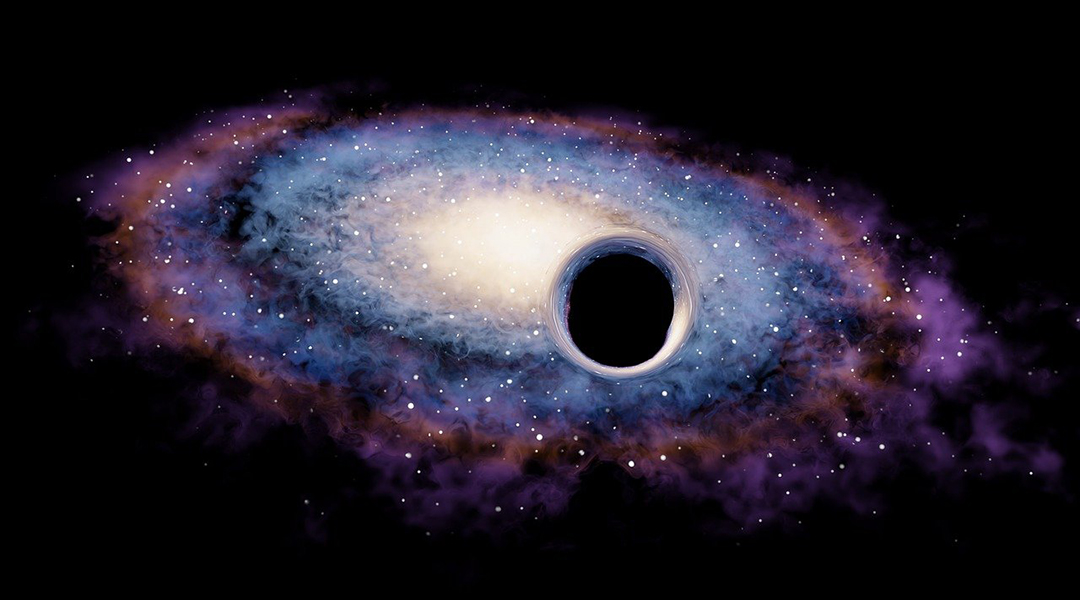
A new theory for the origin and nature of dark matter resolves some inconsistencies between cosmological predictions and astronomical data.
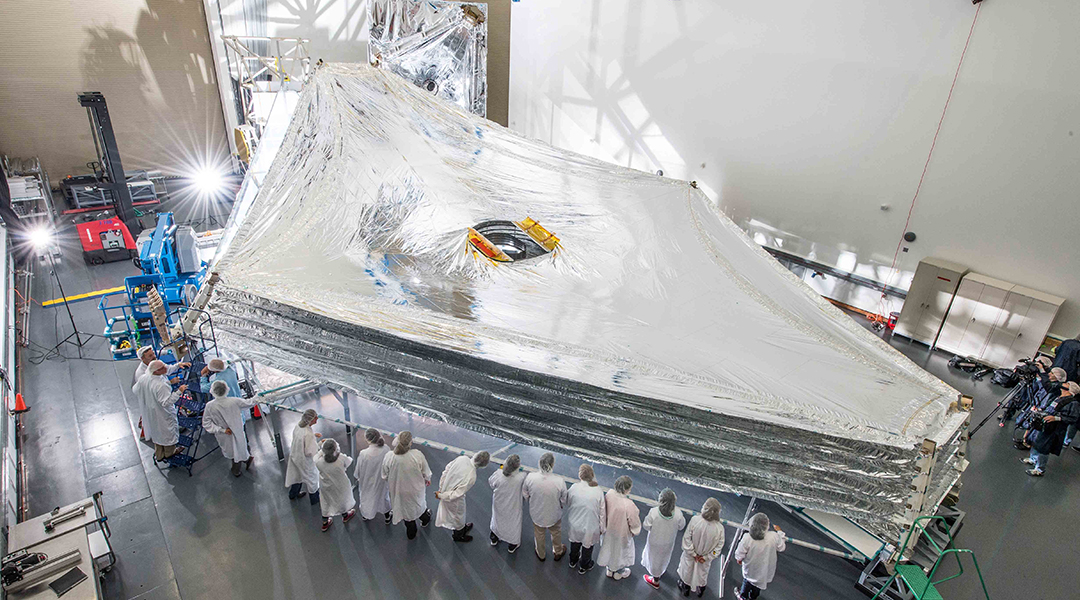
Webb team successfully deploys 70ft sunshield in key launch milestone for the spacecraft’s operations.
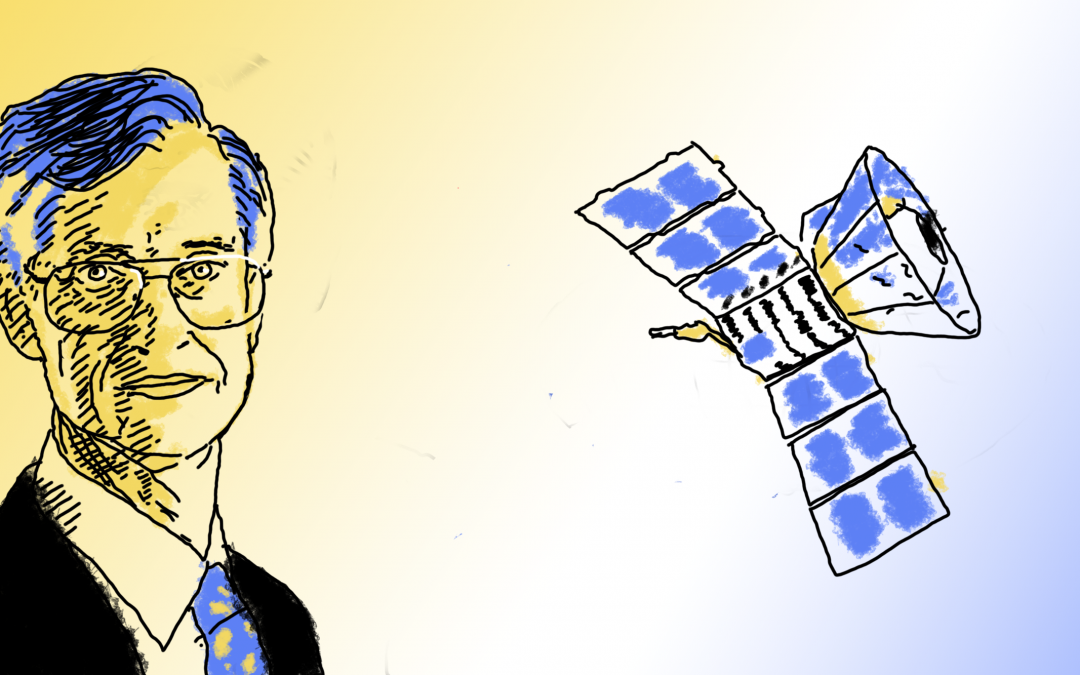
With the launch of the James Webb Telescope, this edition of Pioneers in Science honors an integral member of its mission: John Mather.